NFL Nicknames

NFL Nicknames
Elroy "Crazy Legs" Hirsch
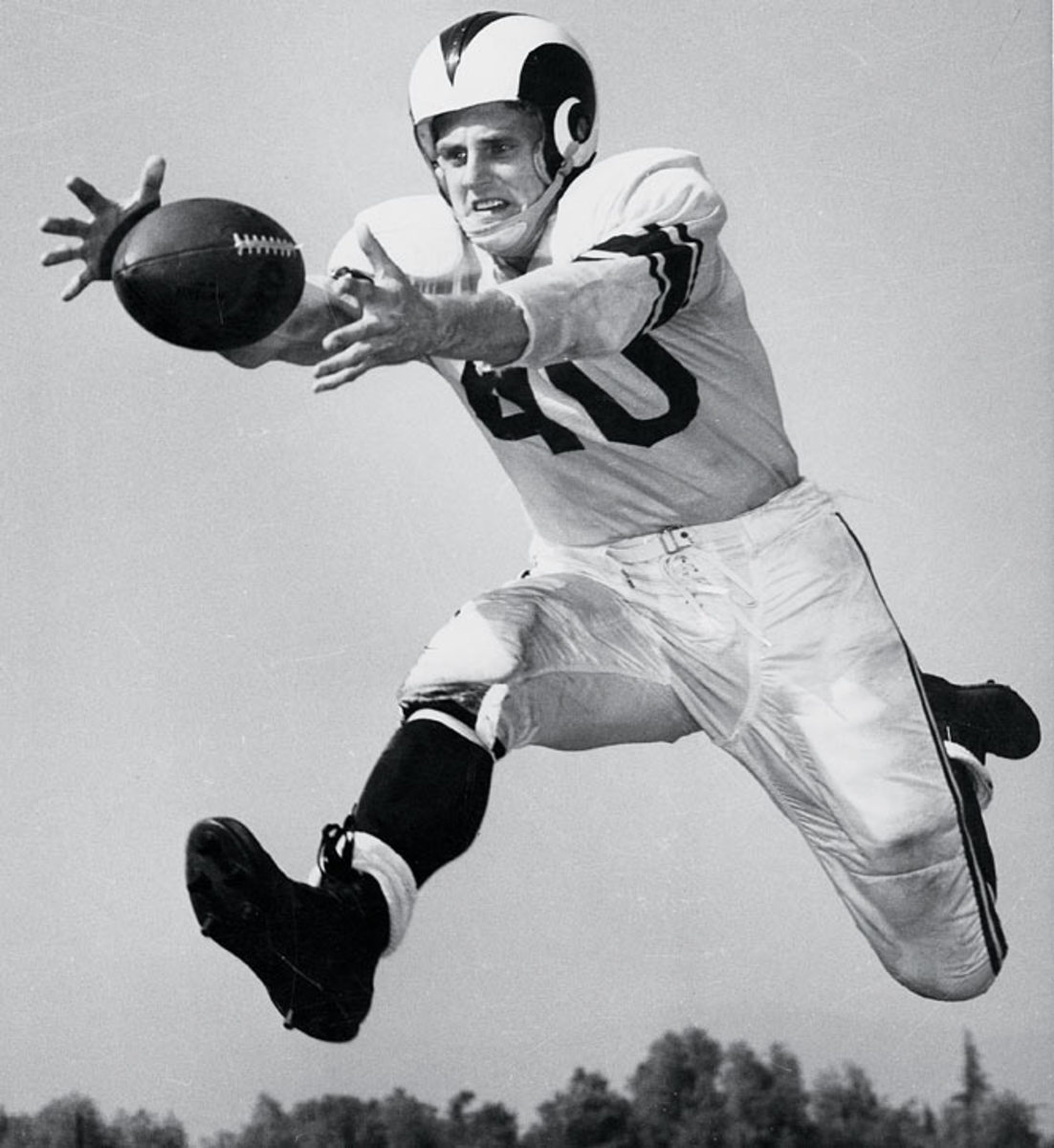
Wrote Francis Powers of the Chicago Daily News: "Hirsch ran like a demented duck. His crazy legs were gyrating in six different directions all at the same time during a 61-yard touchdown run that solidified the win." From then on, the back and big-play receiver was Crazy Legs. As a member of the 1951 champion Los Angeles Rams, Hirsch caught for 17 touchdowns and a then NFL-record 1,495 yards.
Dick "Night Train" Lane
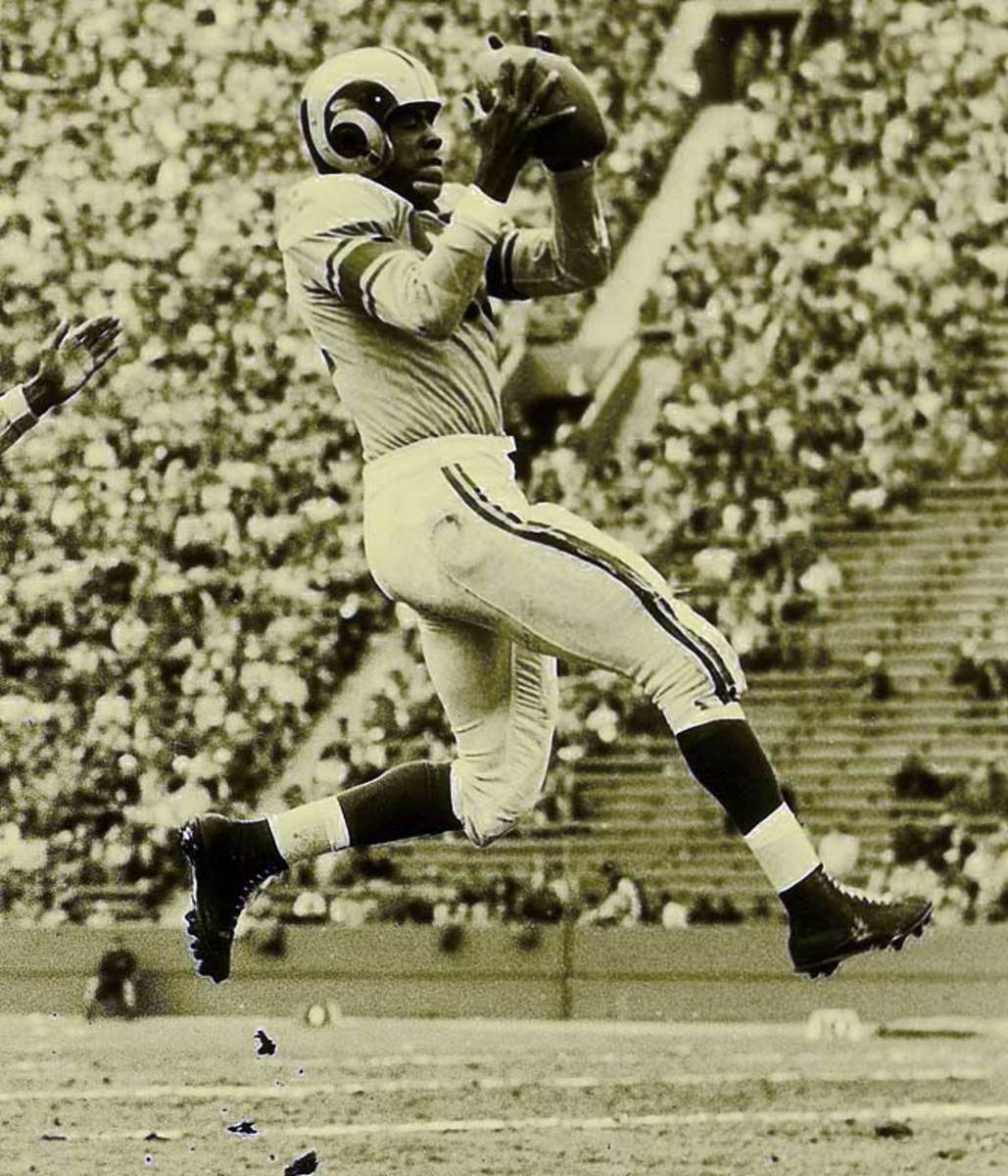
A notoriously ferocious cornerback, Lane acquired his nickname from Buddy Morrow's hit record "Night Train," a record played frequently in the locker room by fellow Los Angeles Rams teammate Tom Fears. The banishment of the clothesline tackle was entirely due to the raw playing of Lane, who still holds the NFL's record for interceptions by a rookie cornerback with 14.
David "Deacon" Jones
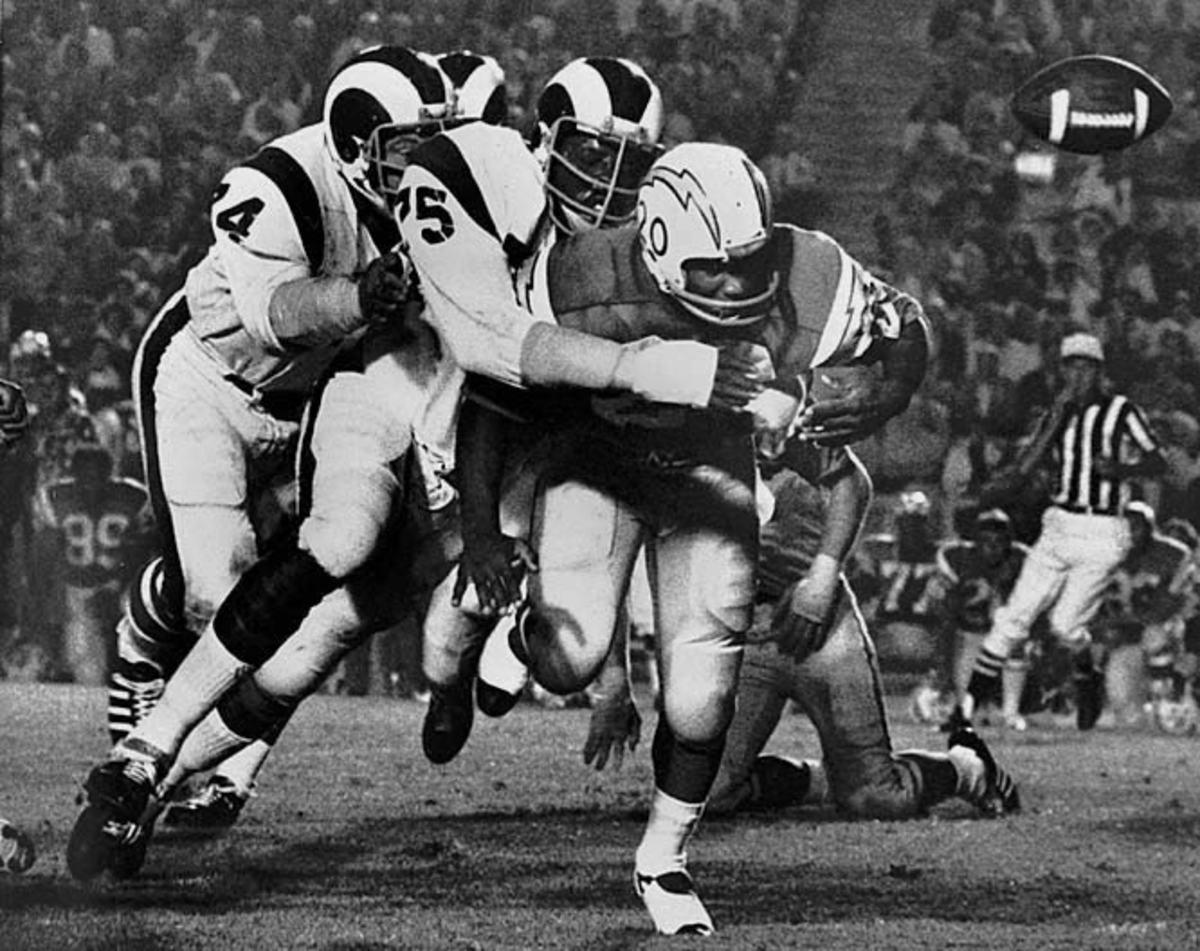
Under the impression that nobody would remember a player named David Jones, this 1980 Pro Football Hall of Fame inductee nicknamed himself "Deacon" in hopes that his memory would last forever. Jones specialized in quarterback sacks, a term that he also coined himself. Jones played a career total of 196 NFL games with the Los Angeles Rams, San Diego Chargers and Washington Redskins, winning unanimous all-league honors from 1965 through 1970, and playing in seven consecutive Pro Bowl games from 1965 to 1971.
Bronislau "Bronko" Nagurski
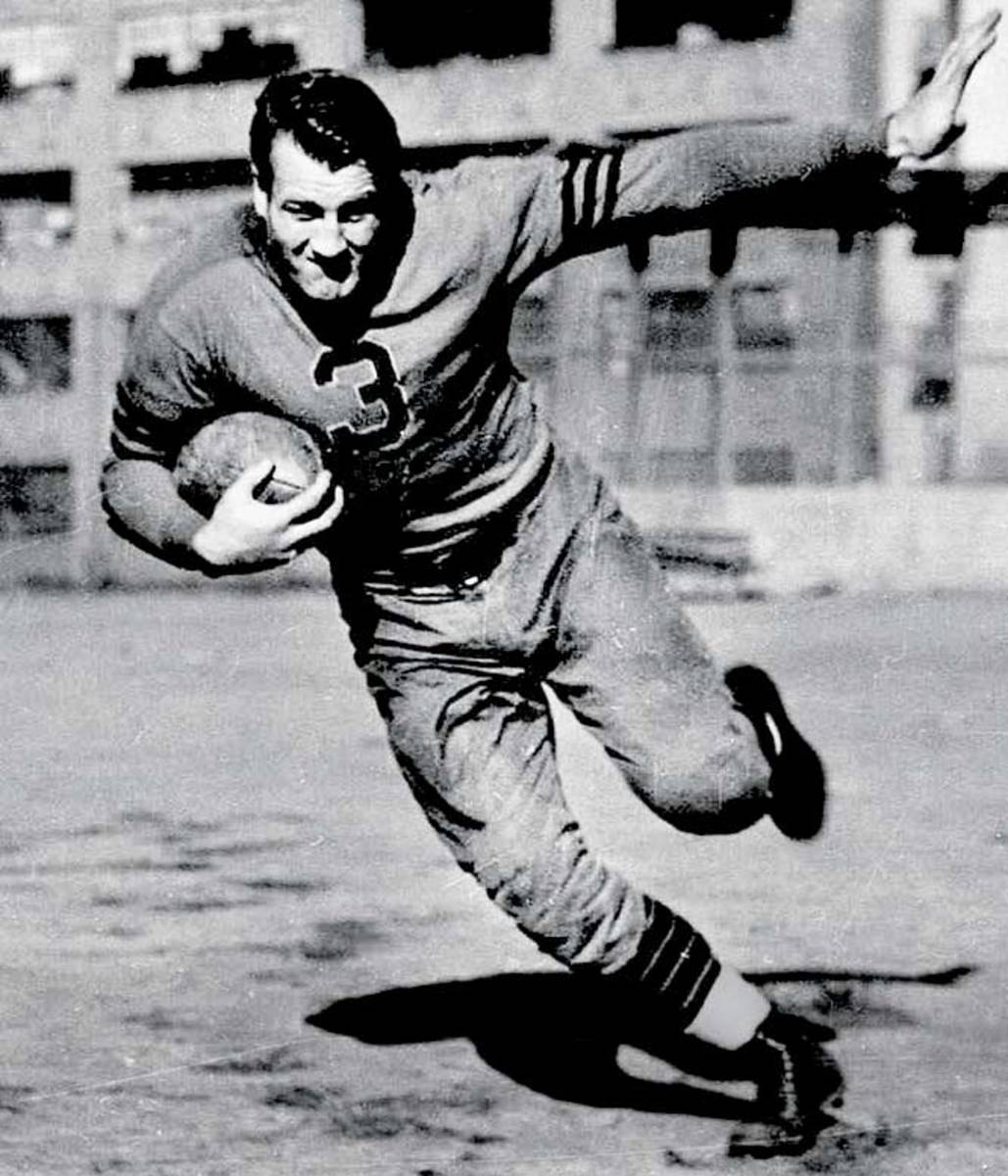
Nagurski was nicknamed "Bronko" by his first teacher, who was unable to properly pronounce his Ukranian first name. Bronko helped the Chicago Bears take home championships in 1932 and 1933, was voted All-Pro three times and was voted into the Pro Football Hall of Fame as a charter member in 1963.
Jack "The Assassin" Tatum
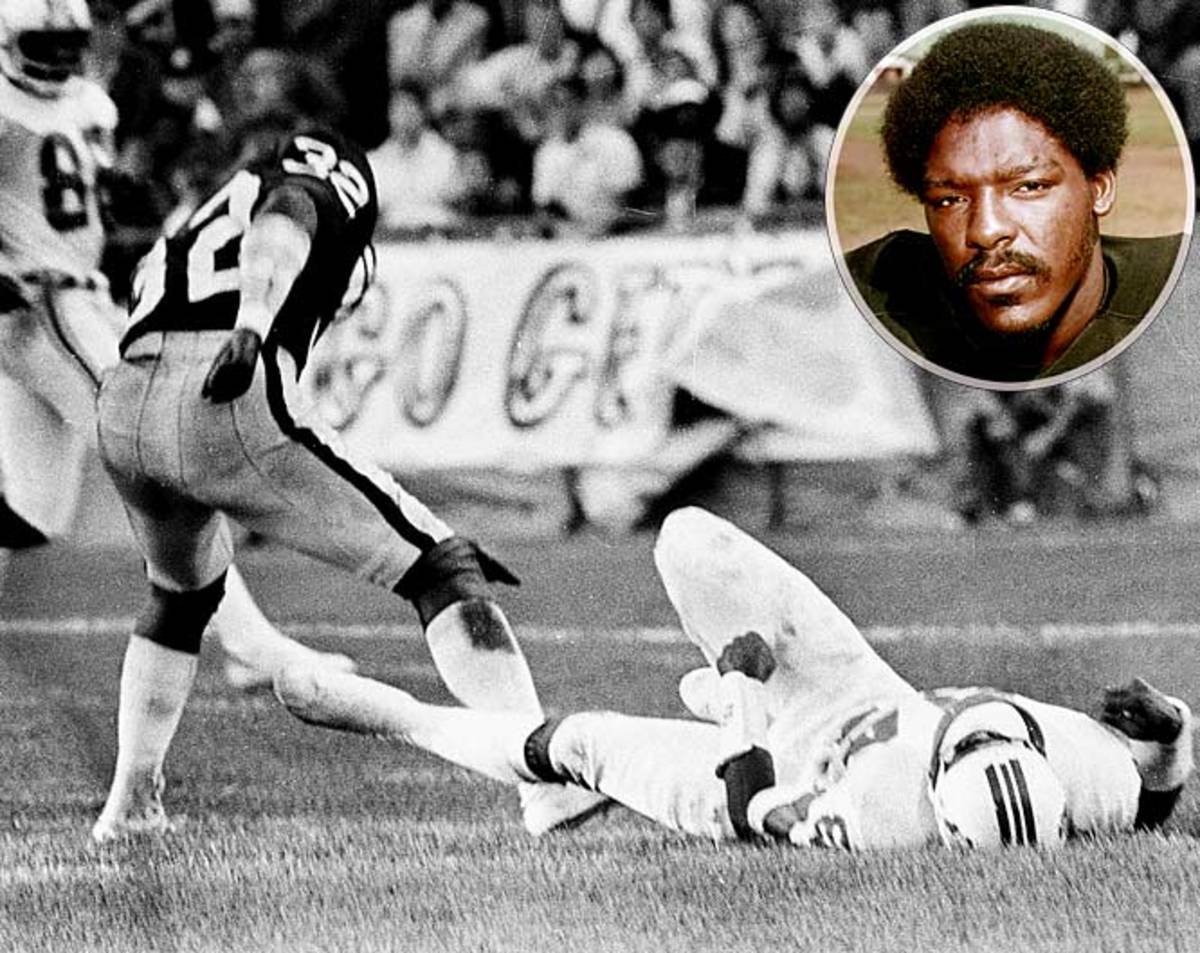
He was called "The Assassin" because he was one of the hardest hitters football has ever seen. Tatum wrote in his book They Call Me Assassin, "My hits border on felonious assault." The three-time Pro Bowler knocked out two Baltimore Colt tight ends in his first game with the Raiders, then became infamous seven years later for the hit that paralyzed New England Patriots' receiver Darryl Stingley.
"Broadway" Joe Namath
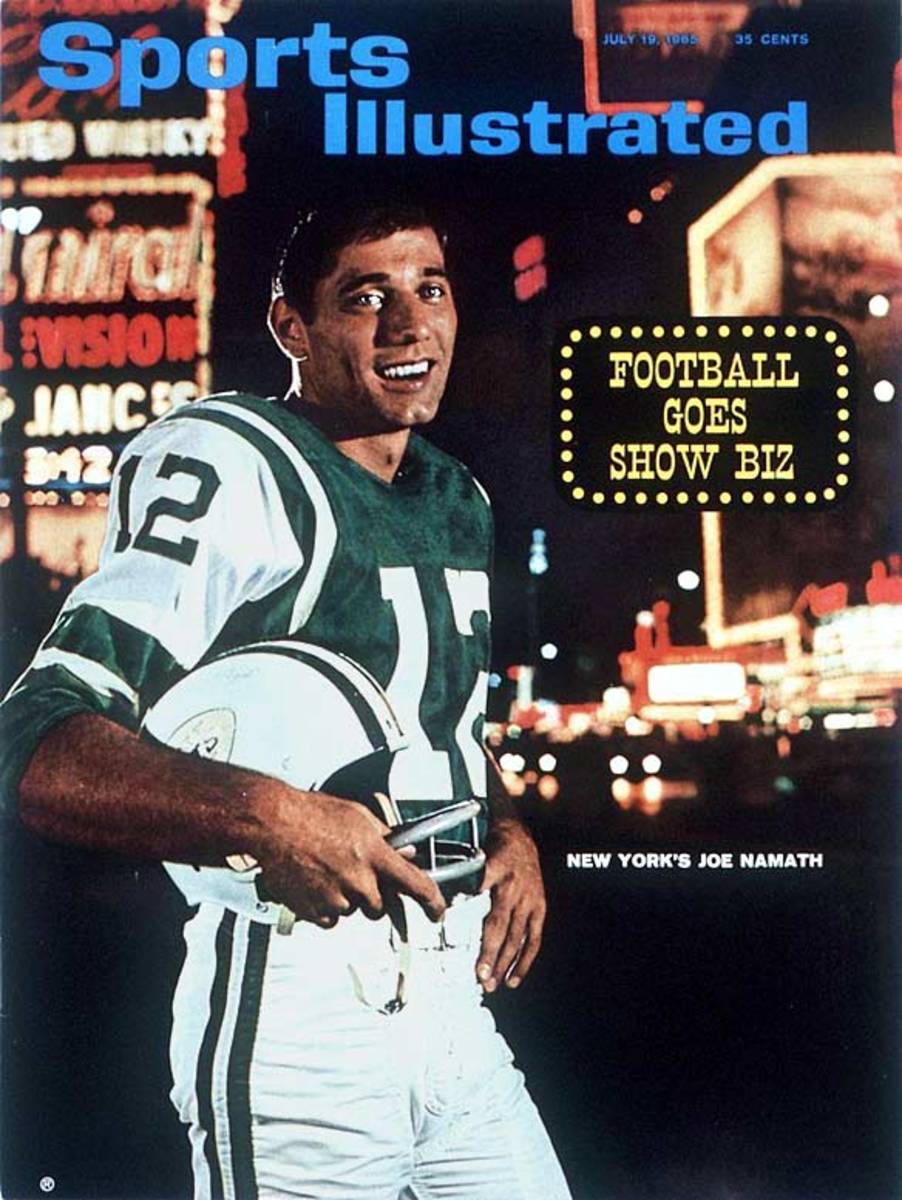
Teammate Sherman Plunkett gave Namath his nickname after seeing this 1965 Sports Illustrated cover with Namath standing in front of New York City's infamous avenue. The Hall of Famer lived up to the name with both his brash fur coats and bold predictions, the most well known coming in 1969 when he guaranteed his 19-point underdog Jets would defeat the Baltimore Colts in Super Bowl III. They did, 17-6, and Namath was named MVP.
Billy "White Shoes" Johnson
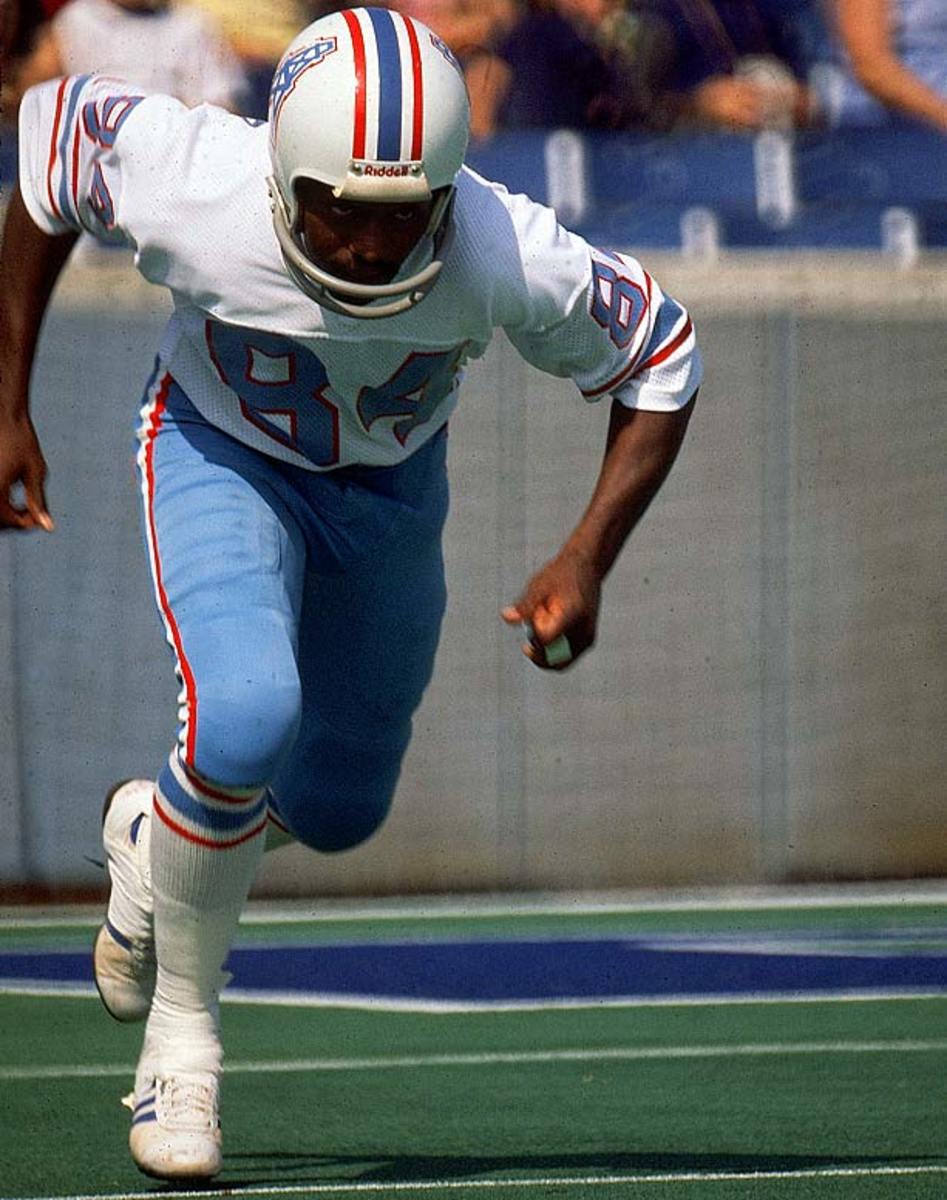
Before training camp in high school one summer, Johnson painted his black shoes white as a way to stand out. When his straight-laced coach called him over to ask why, the speedy Johnson responded that they made him run faster and was therefore allowed to keep them. The shoes became the speedy 5-foot-9 return man's trademark, along with his knack for the end zone (five punt and two kick return TDs from 1974-76) and the creative touchdown dances he gained notoriety for as a member of the Houston Oilers in the mid 1970s.
Eugene "Mercury" Morris
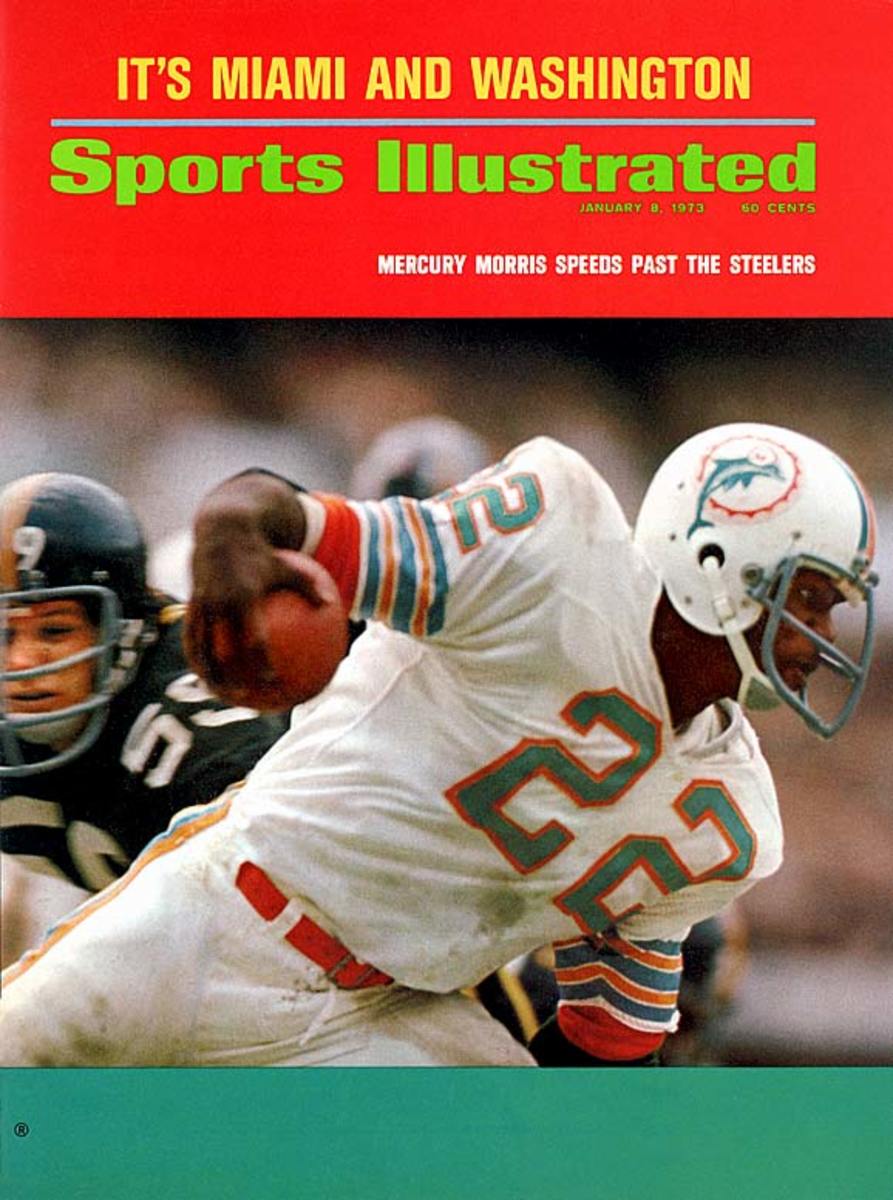
A local writer dubbed Eugene Morris "Mercury" -- the Greek messenger God with winged feet -- after watching him outrun the opposition for West Texas State (he gained a then NCAA record 3,388 career yards). The fleet footed Morris carried the nickname to the NFL where he played running back but excelled as a return man for the Dolphins. Mercury collected two Super Bowls rings in Miami, one being the capstone of the Dolphins' historic 17-0 season.
Kenny "The Snake" Stabler
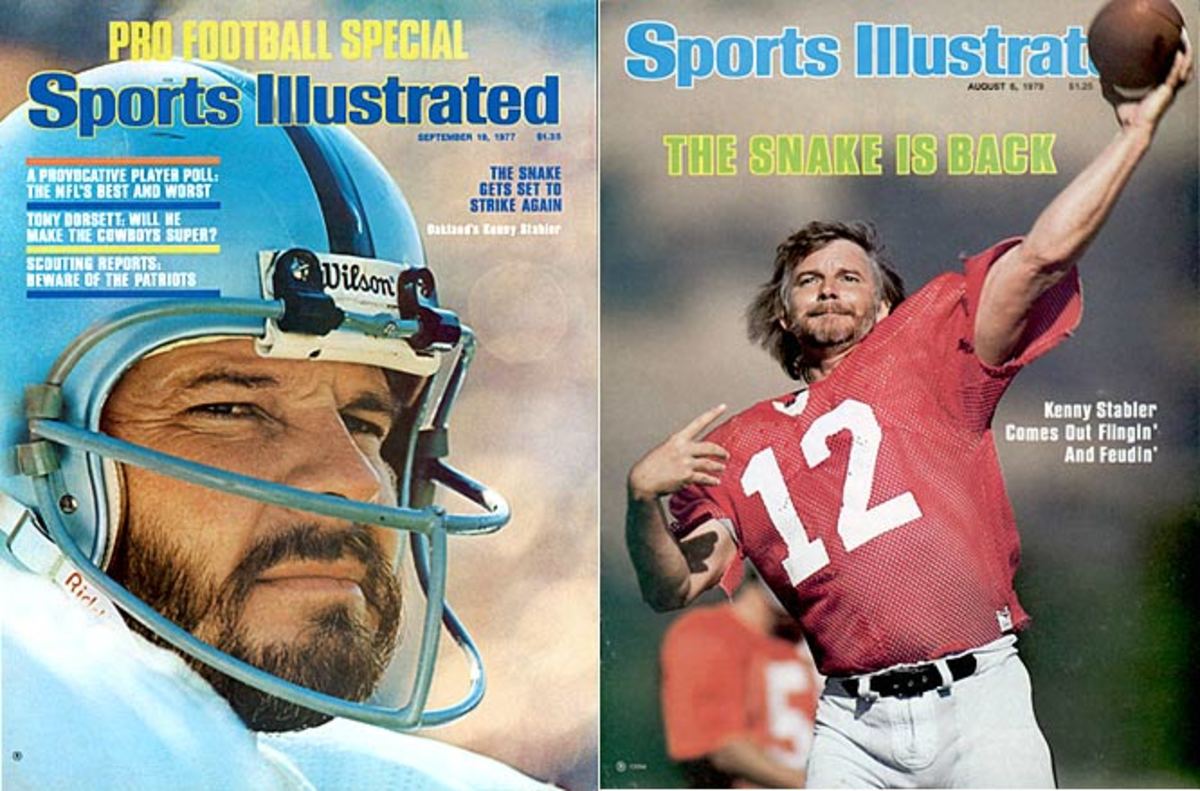
"The Snake" earned his nickname in a high school football game when he grabbed the ball and ran downfield, slithering back and forth from sideline to sideline for the entire length of the field. His thrilled coach called out, "that boy runs like a snake," and so the moniker was born.
Minnesota Vikings Defense -- Purple People Eaters
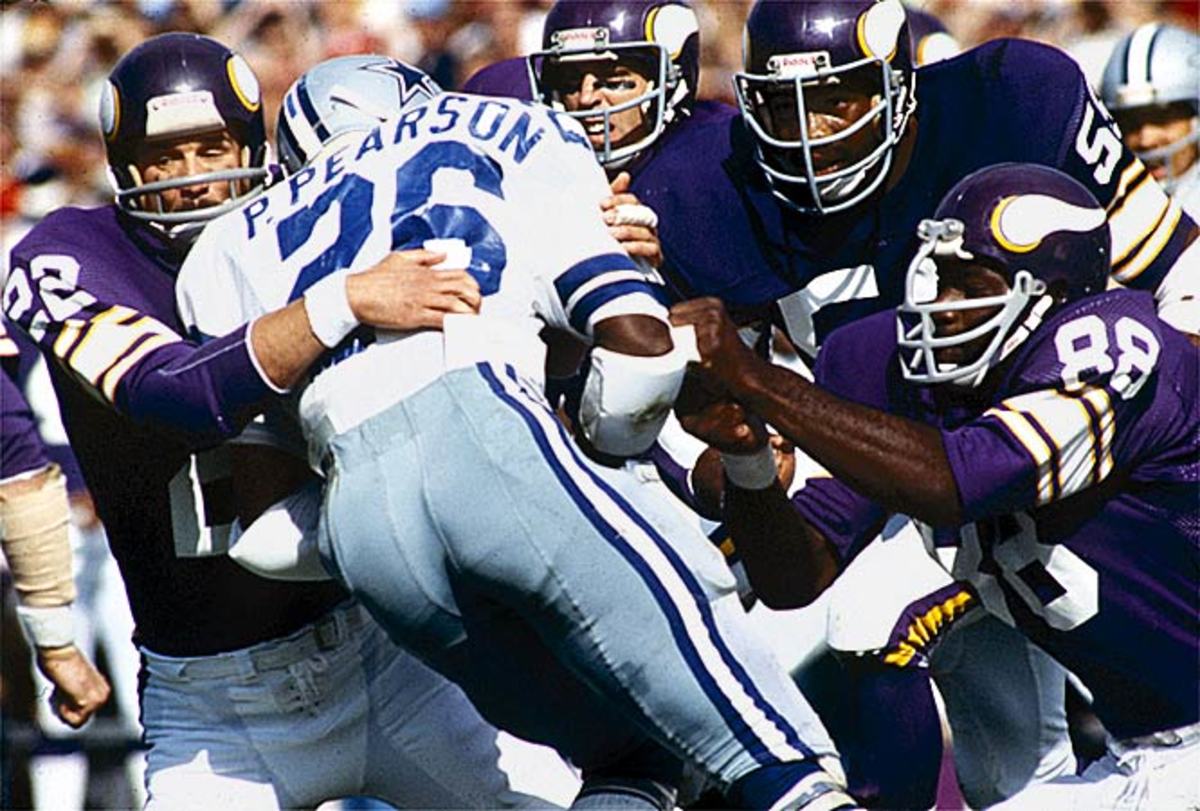
Stemming from their purple uniforms and the popular song by Sheb Wooley of the same name, the Purple People Eaters were one of most fearsome front fours of the late 1960s and 70s. Powered by Hall of Fame defensive end Carl Eller and defensive tackle Alan Page, and playing by the motto "meet at the quarterback," the People Eaters powered the Vikings to four Super Bowl trips in the 70s.
"Mean" Joe Greene
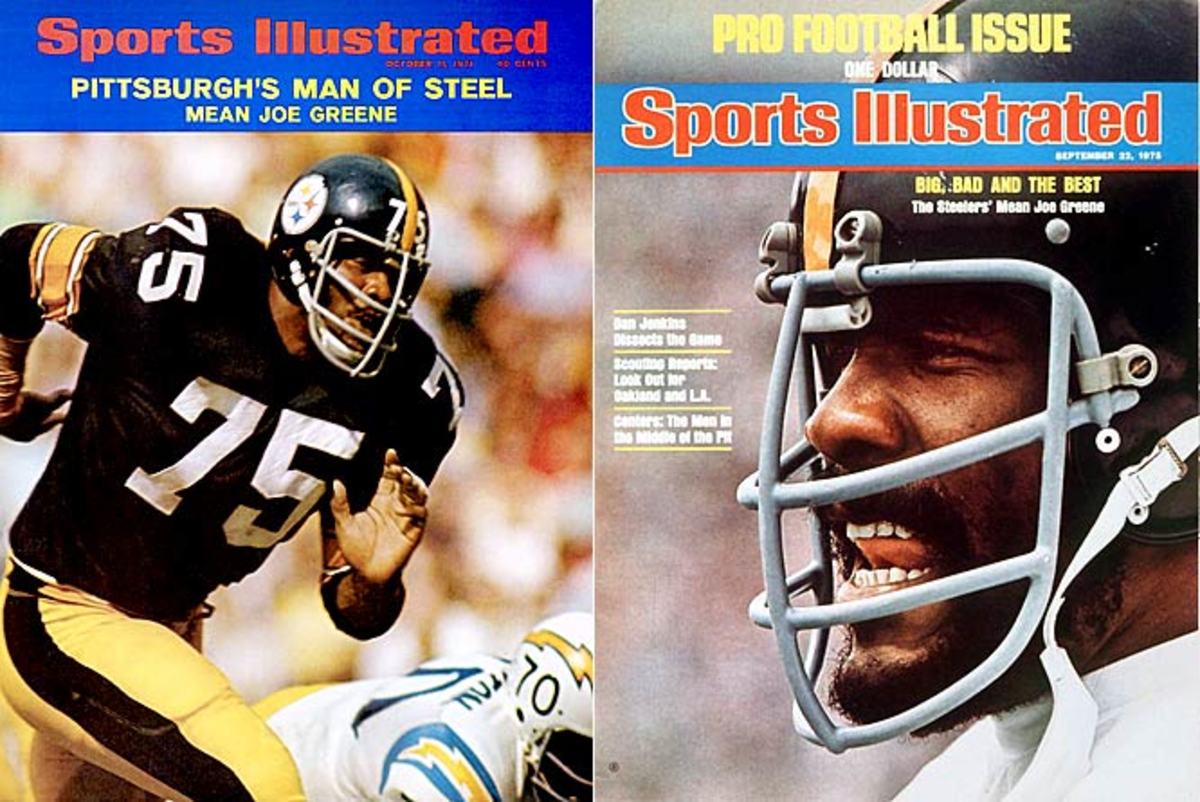
There's debate whether Joe Greene took his nickname from his alma mater, the North Texas State Mean Green, or if he was the inspiration for their name, but either way, he left college with a surname that fit his no-holds-barred style. The Hall of Fame defensive tackle was the cornerstone of Pittsburgh's "Steel Curtain" defense that captured four Super Bowl titles.
Denver Broncos defense -- "Orange Crush"
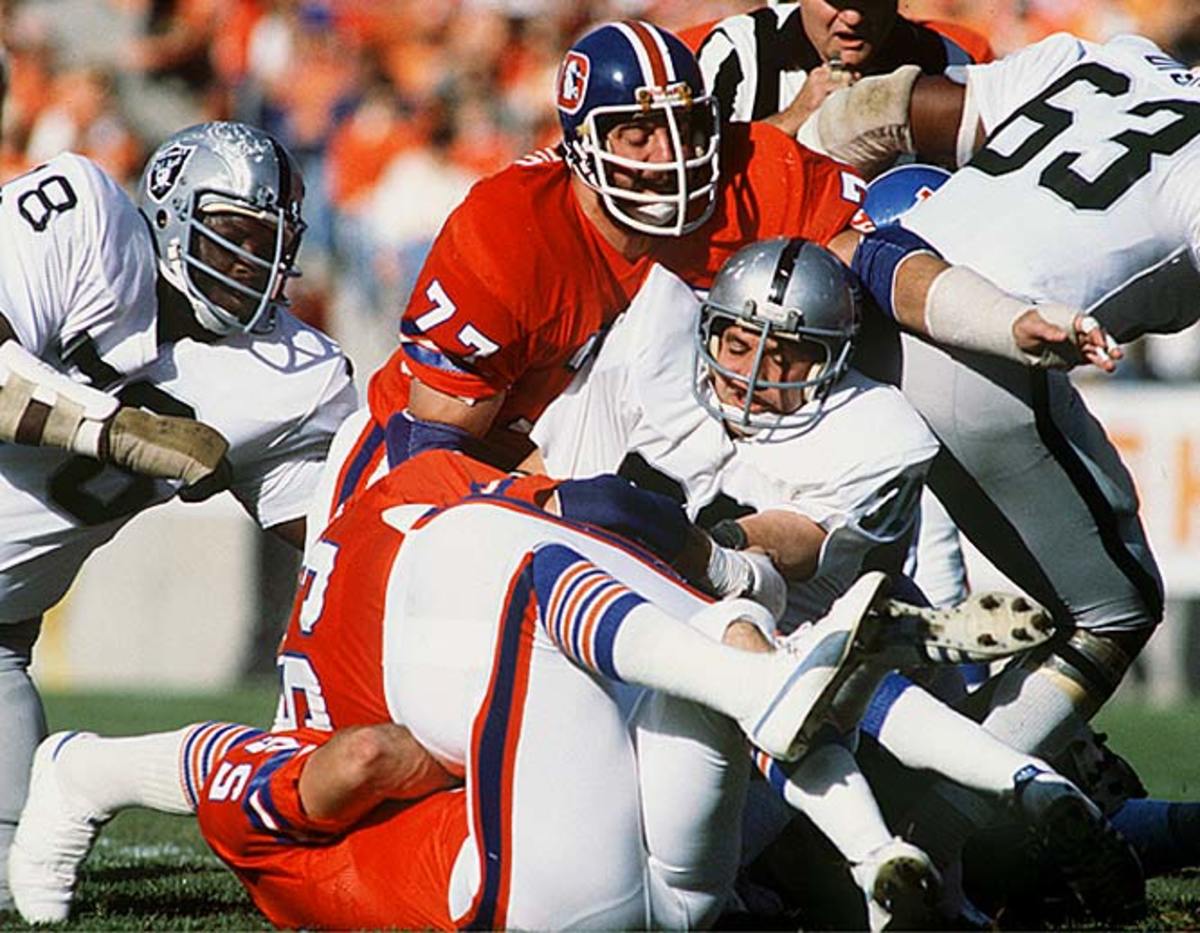
Largely responsible for the Denver Broncos golden year in 1977, the fierce Broncos defense, otherwise known as the Orange Crush, led Denver to a 12-2 season and their first ever Super Bowl. Unfortunately for Bronco fans, The 1977 season ended with a loss to the Dallas Cowboys that cost the team a championship -- a heart-breaking end to Denver's nearly perfect season.
New York Jets defense -- "The Sack Exchange"
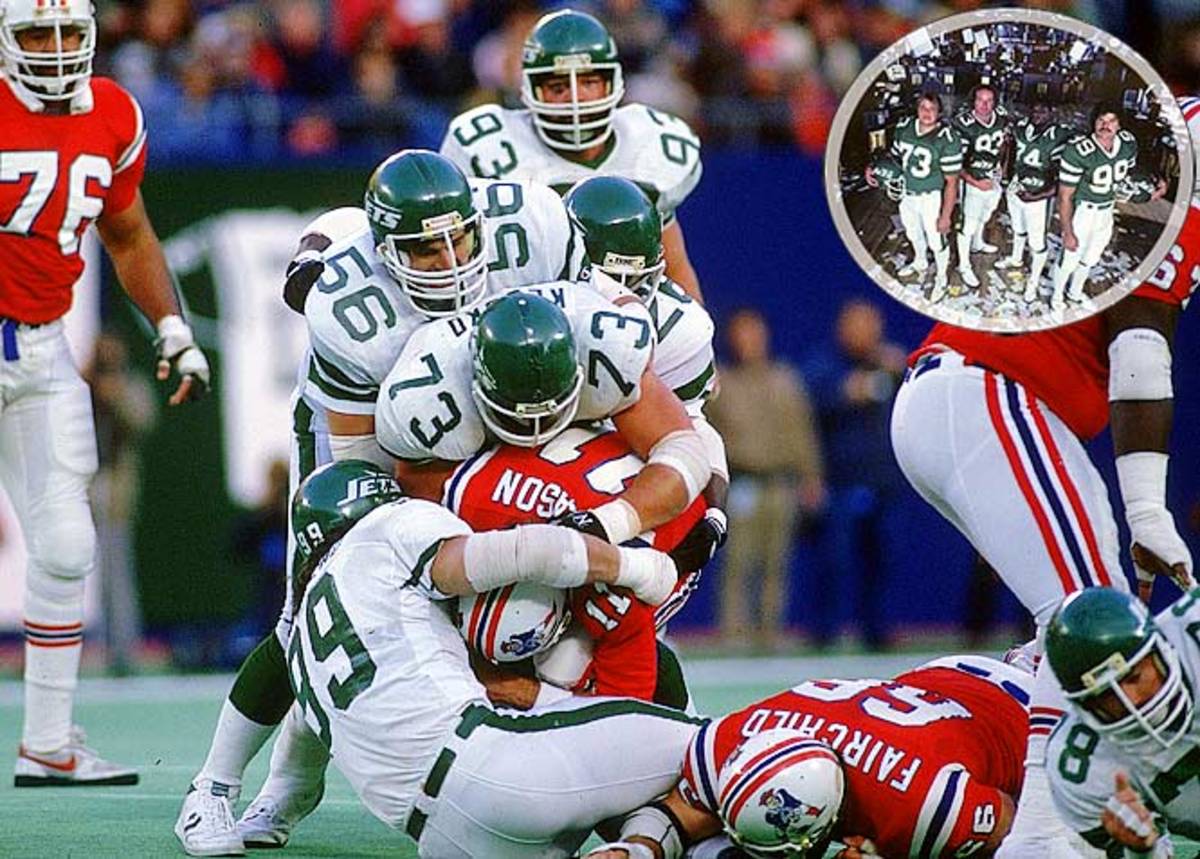
Once the chief NFL defensive lines of the early '80s, the Jets' Sack Exchange led the league with 66 sacks in 1981. The defensive front four of Mark Gastineau, Joe Klecko, Marty Lyons and Abdul Salaam took New York to the AFC Championship against the Miami Dolphins in 1982, but failed to secure a win.
Walter "Sweetness" Payton
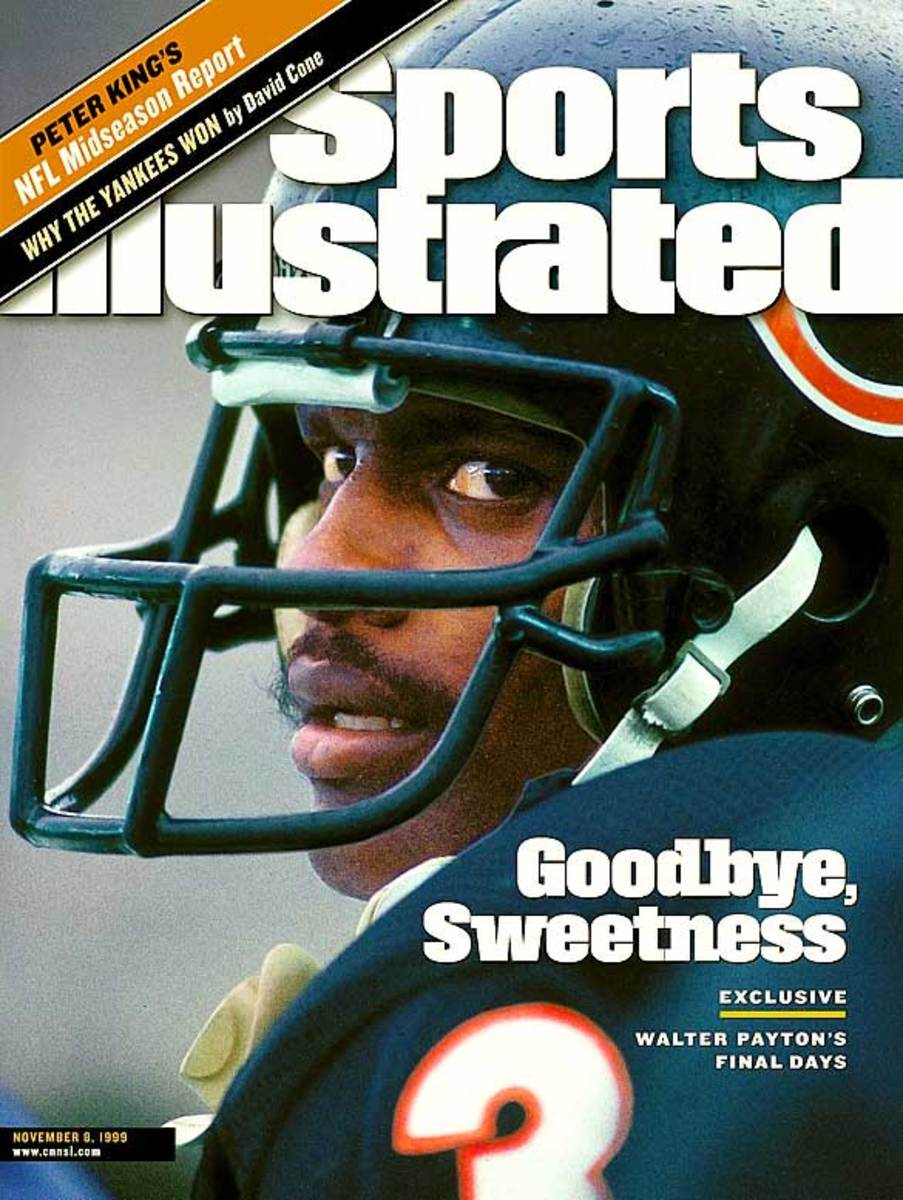
Some say Payton earned his nickname at Jackson State because of his smooth running style and others say it was a nod to his sweet demeanor, but few question the nickname's accuracy. One of the best running backs the NFL has ever seen, the 9-time Pro-Bowler accumulated 16,726 yards and 110 rushing touchdowns in his career. He was inducted into the Hall of Fame in 1993.
William "The Refrigerator" Perry
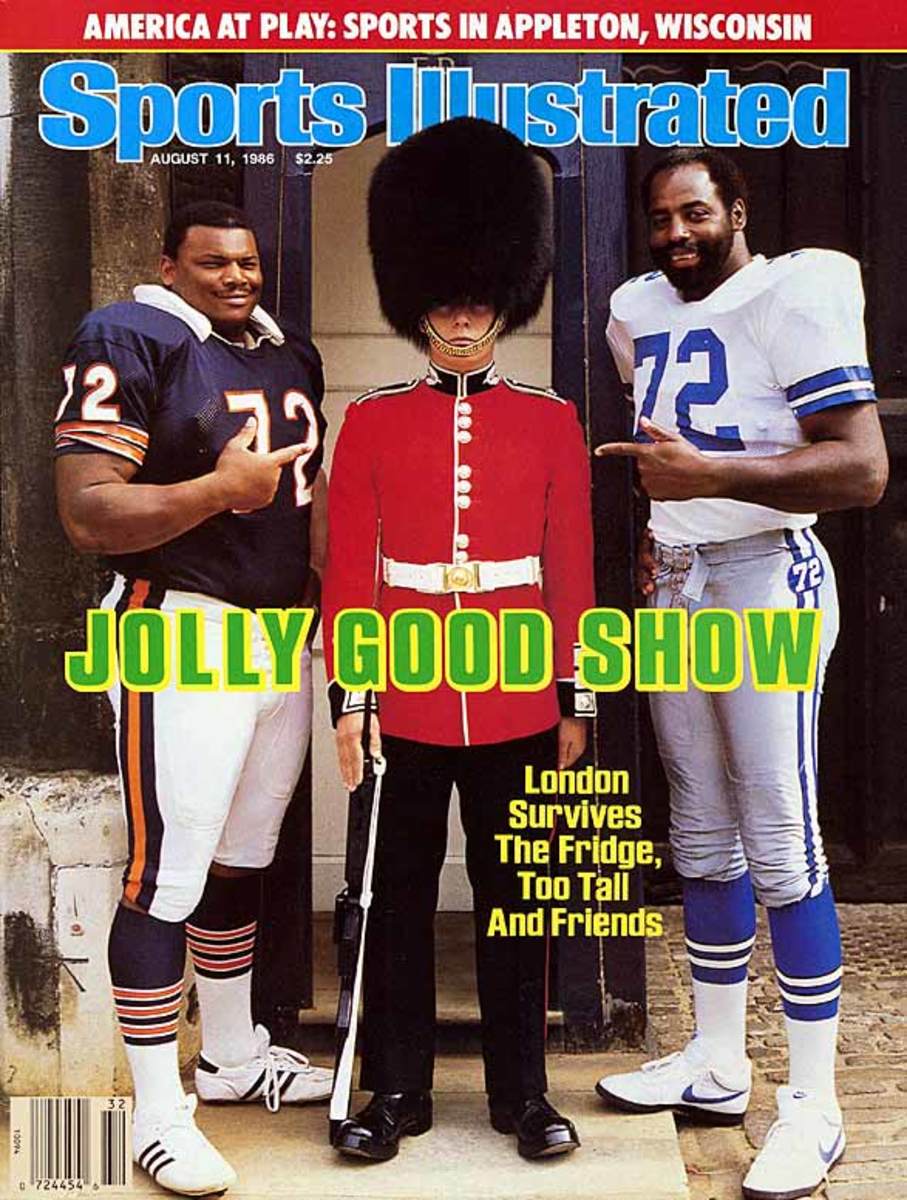
Seemingly as wide as he was tall (6-foot-2), Perry earned his nickname from an elevator ride during his Clemson years. When he stepped out of the elevator, his immense frame blocked all of the elevator's light and a friend said he looked like a walking refrigerator. The nickname stuck through his college and 10-year NFL career, where The Fridge recorded 29.5 sacks, three touchdowns and history's largest super bowl ring (size 25 compared to the average man's size 10).
Elbert "Ickey" Woods
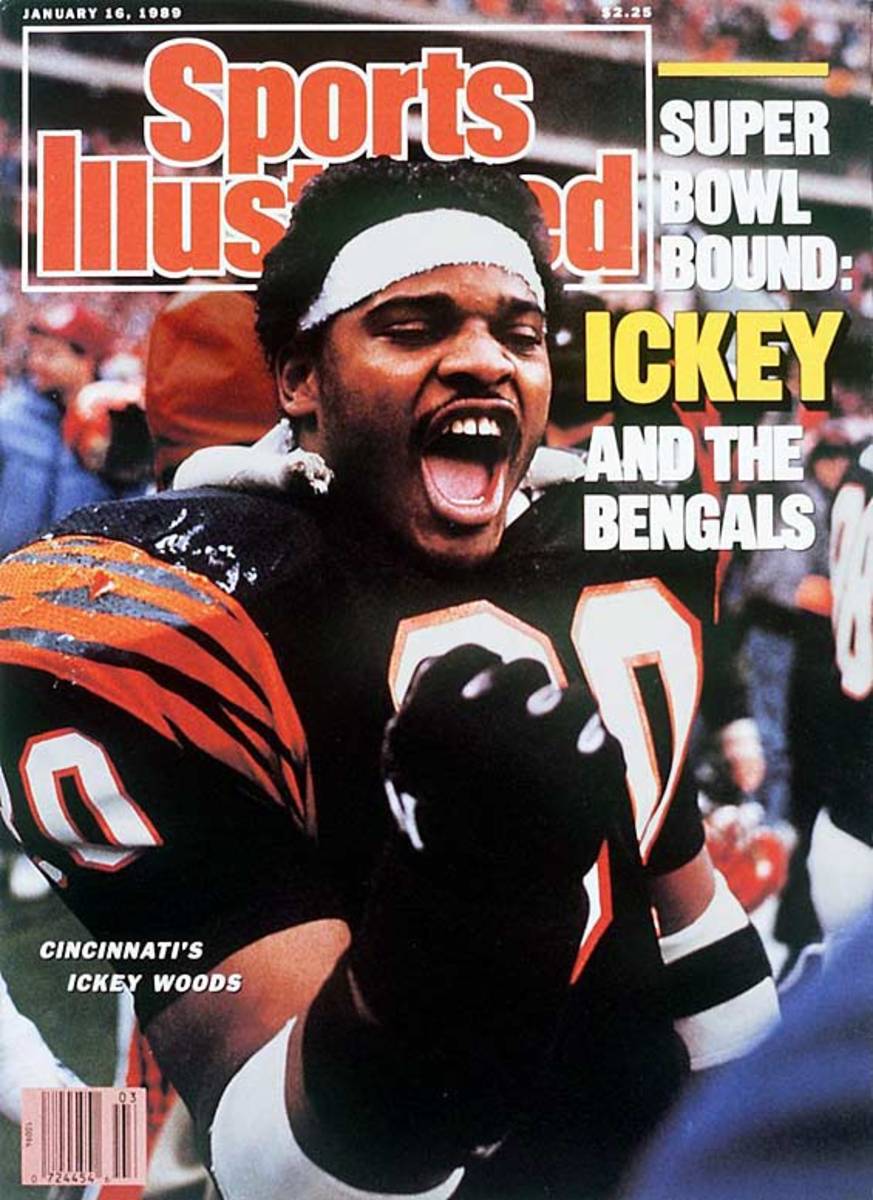
Best known for his goofy end zone dance dubbed the "Ickey Shuffle," this 1980s Bengals running back got his nickname from his brother. When attempting to pronounce the name Elbert, Woods' brother instead sounded like subway train screetching to a quick halt: "eee-eee". "Eee-eee" reminded some Woods family members of a cartoon character named "Ickey."
Christian "The Nigerian Nightmare" Okoye
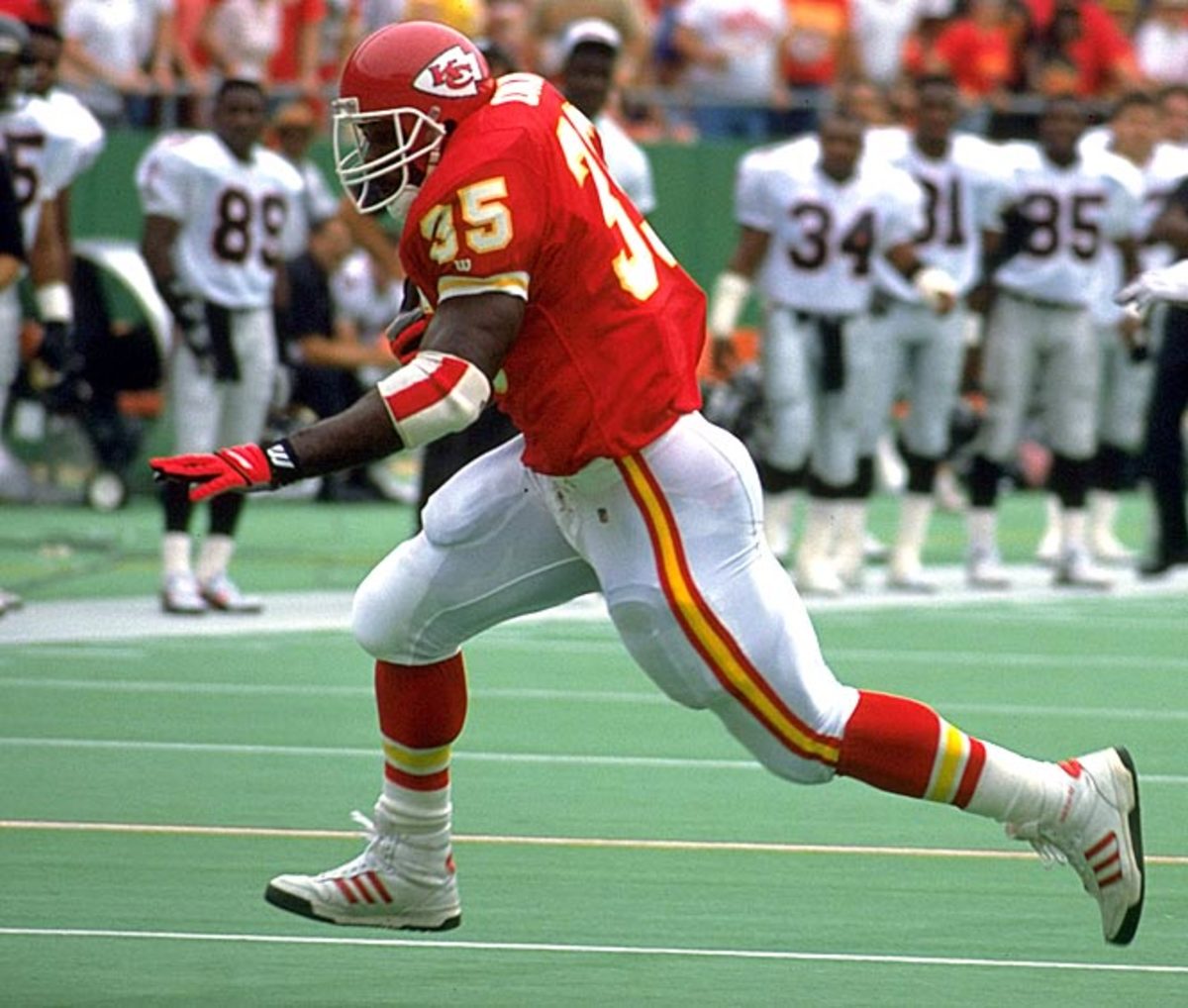
At 6-foot-3 and 250-plus pounds, Okoye's punishing running style earned him the nickname "Nigerian Nightmare" from Kansas City teammate Irv Eatman as a nod to his homeland of Enugu, Nigeria. In Okoye's short six-year career, he set the Chiefs' record for rushing yards in a career at 4,897, despite not picking up football until attending Azusa Pacific just three years before he was drafted.
Darryl "Moose" Johnston
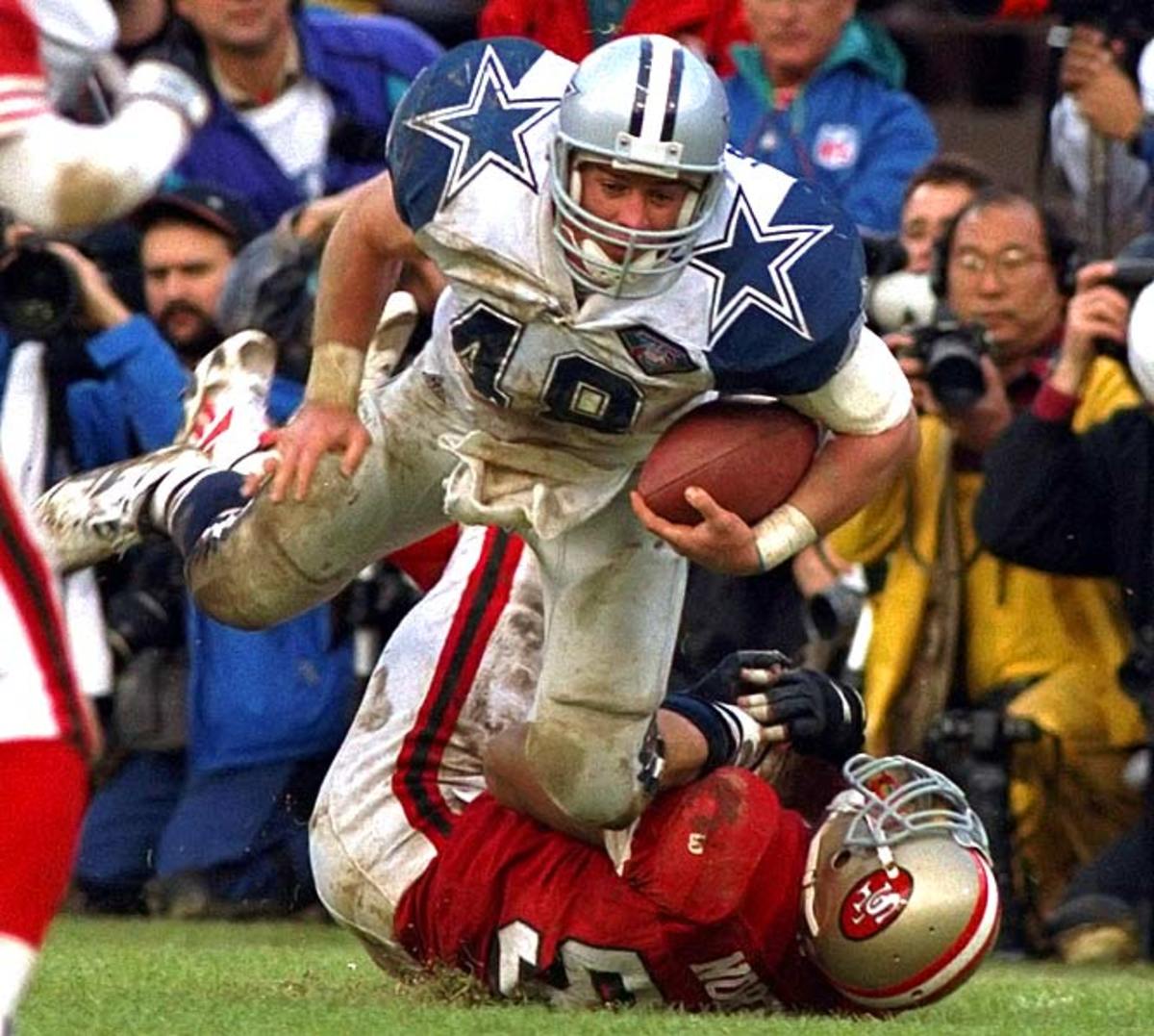
Backup quarterback Babe Laufenberg started calling Johnston "Moose" his rookie year because Johnson looked like a Moose walking in a field of deer compared to the small Dallas running back corp. Moose paved the way for much of Emmitt Smith and the Cowboys' success, winning three Super Bowls with Dallas. In 1993, Johnston was the first fullback ever selected to a Pro Bowl team.
Craig "Ironhead" Heyward
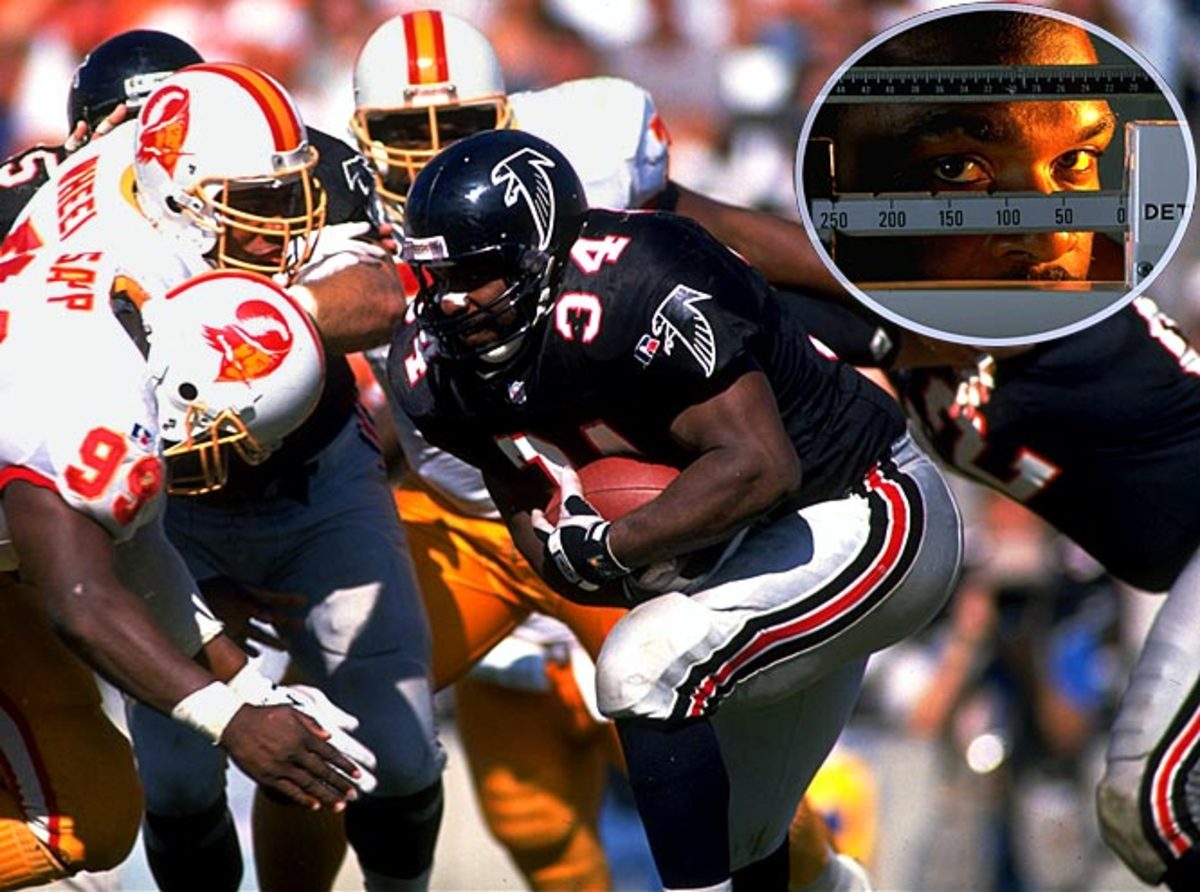
Heyward earned the nickname "Ironhead" in his hometown Passaic, N.J. for both his massive head (size 8 3/4) and the way that he speared defenders with it. True to form, Heyward said he was once struck over the head with a pool cue -- breaking the cue in half. Ironhead played 11 seasons in the NFL, gaining 4,310 yards and earning the title of one of the league's premiere blocking running backs.
Reggie "Minister of Defense" White
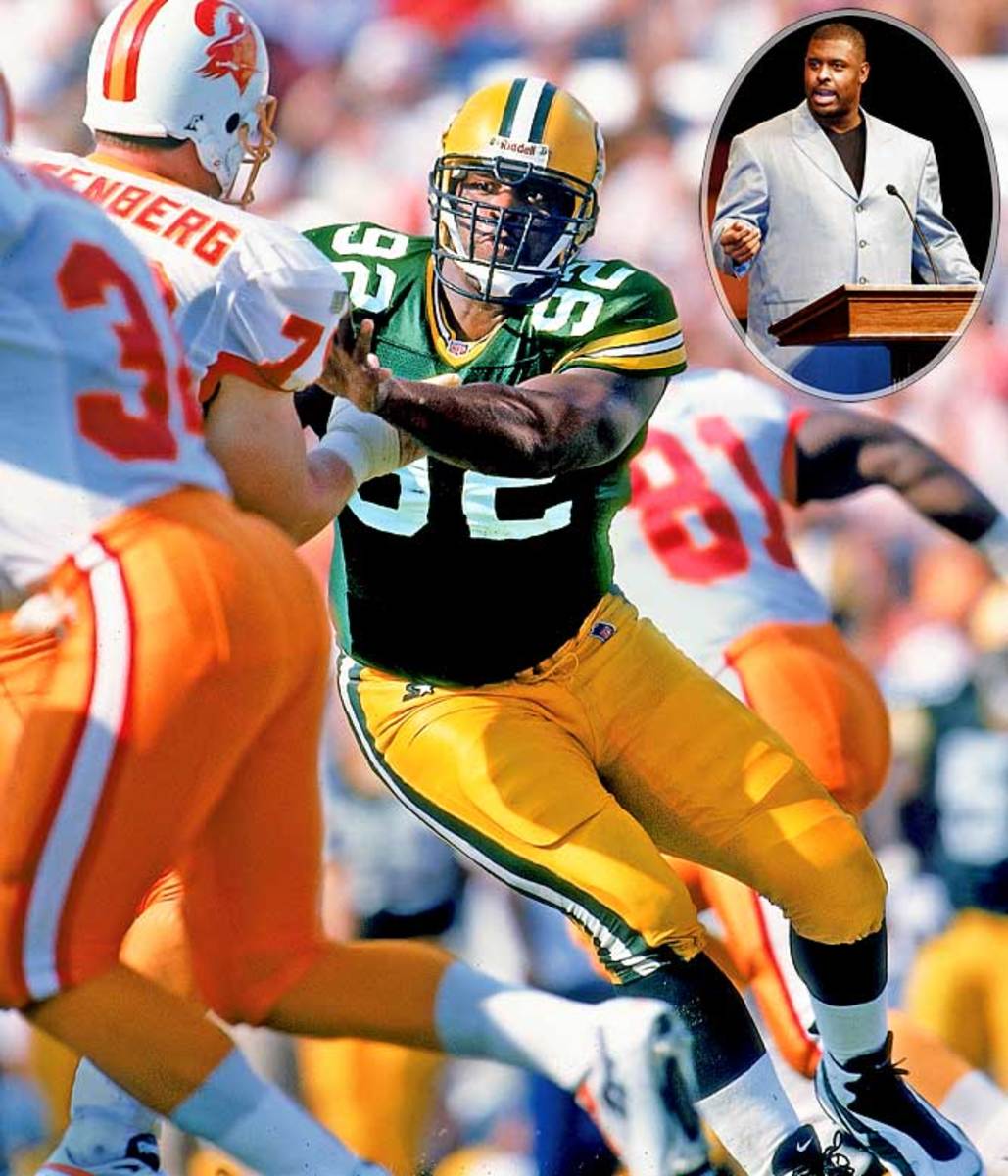
Known equally for putting the fear of God in quarterbacks and his own God-fearing spirituality, the "Minister of Defense" nickname White earned as a senior at Tennessee makes perfect sense. The Hall of Fame pass rusher was ordained as a Minister at 17, then went on to spend 15 seasons worth of Sundays accumulating 198 career sacks and twice being named NFL's Defensive Player of the Year.
"Neon" Deion "Prime Time" Sanders
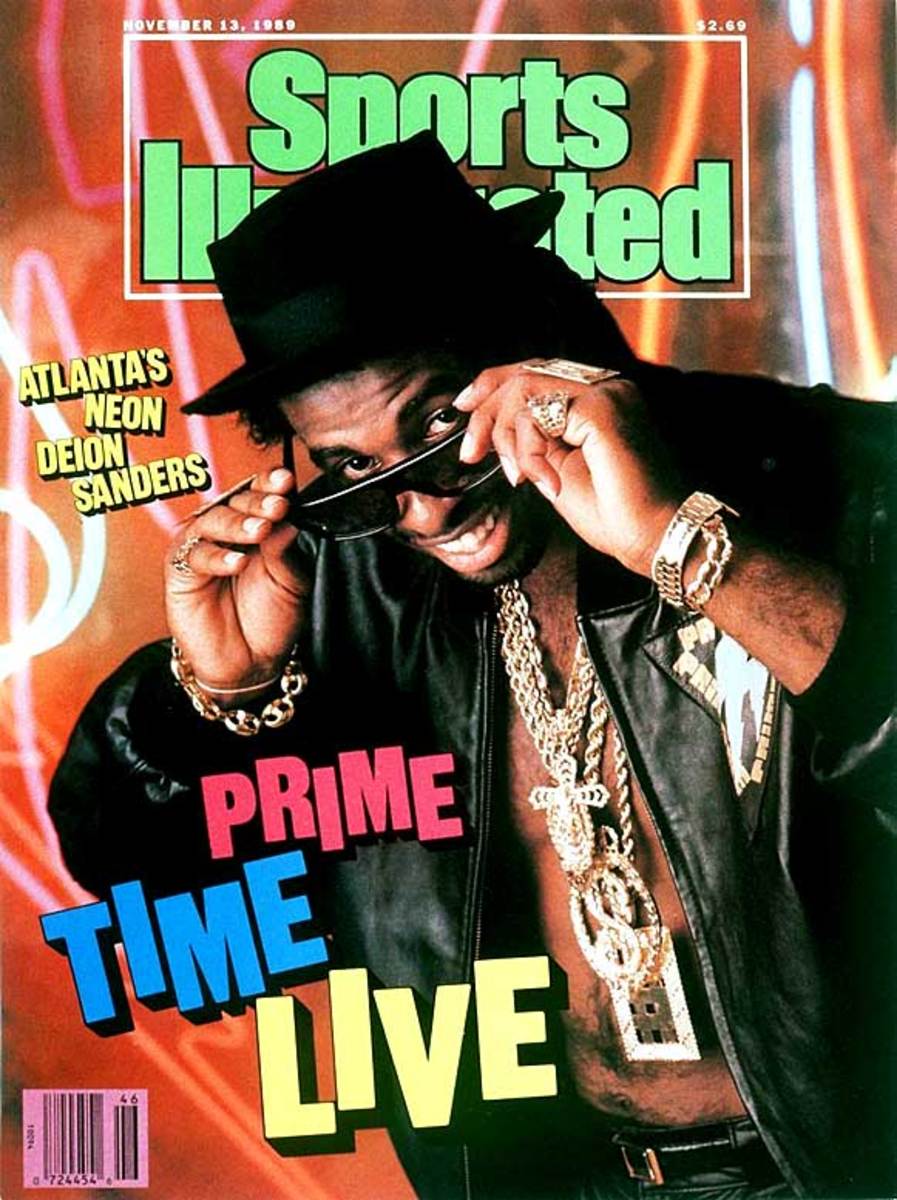
Sanders was Prime Time well before he was a flashy two-sport pro. A friend nicknamed him such after Sanders scored 30 points in a Florida high school basketball game (he was all-state in football, baseball and basketball in high school). Be it Neon or Prime Time, both nicknames portray the extreme confidence matched only by Sander's near limitless athletic ability.
St. Louis Rams -- "Greatest Show on Turf"
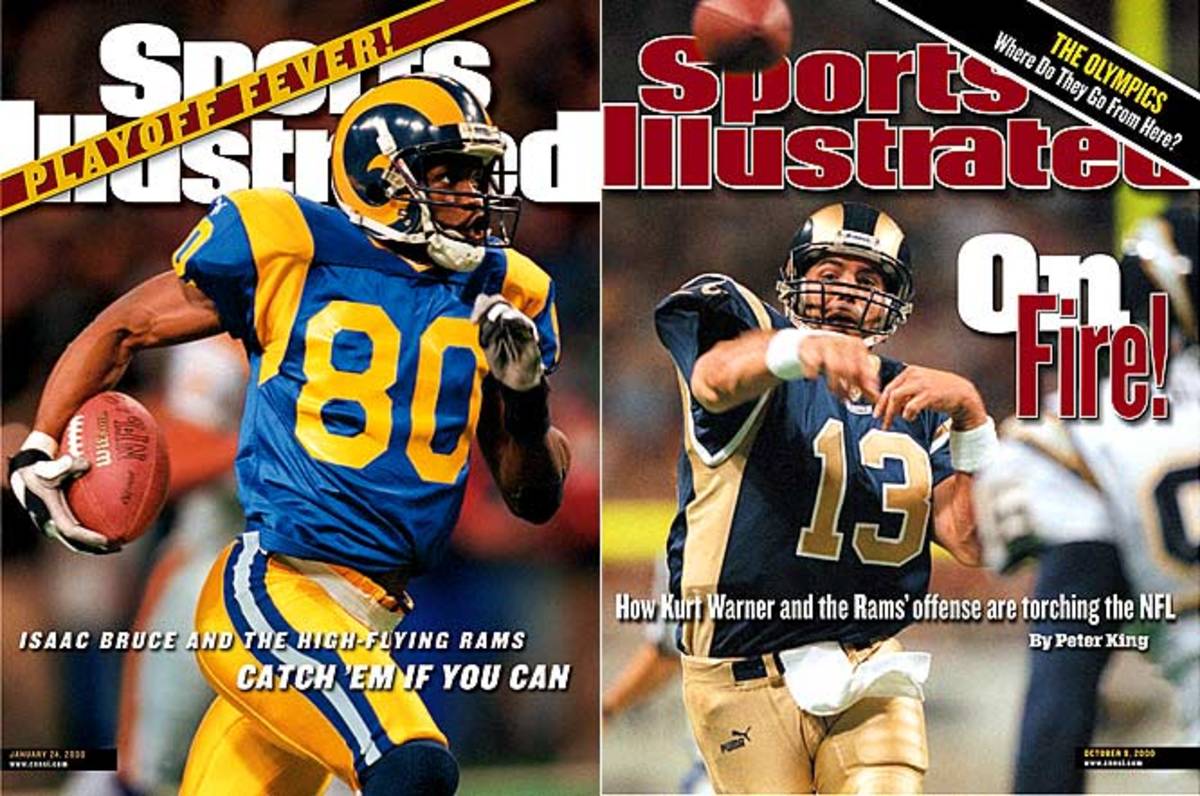
The Greatest Show on Turf is the name given to the St. Louis Rams explosive offense from 1999 to 2001. Designed by Offensive Coordinator Mike Martz and powered by qurterback Kurt Warner, running back Marshall Faulk, and wide receivers Torre Holt and Isaac Bruce, the Rams' field-stretching attack led the league in scoring for two seasons. St. Louis set NFL records for most passing and total yards gained in a season (5,232 and 7,075 in 2000) and went to two Super Bowls during that period (defeating Tennessee in 1999 and losing to New England in 2001).
Rod "He Hate Me" Smart
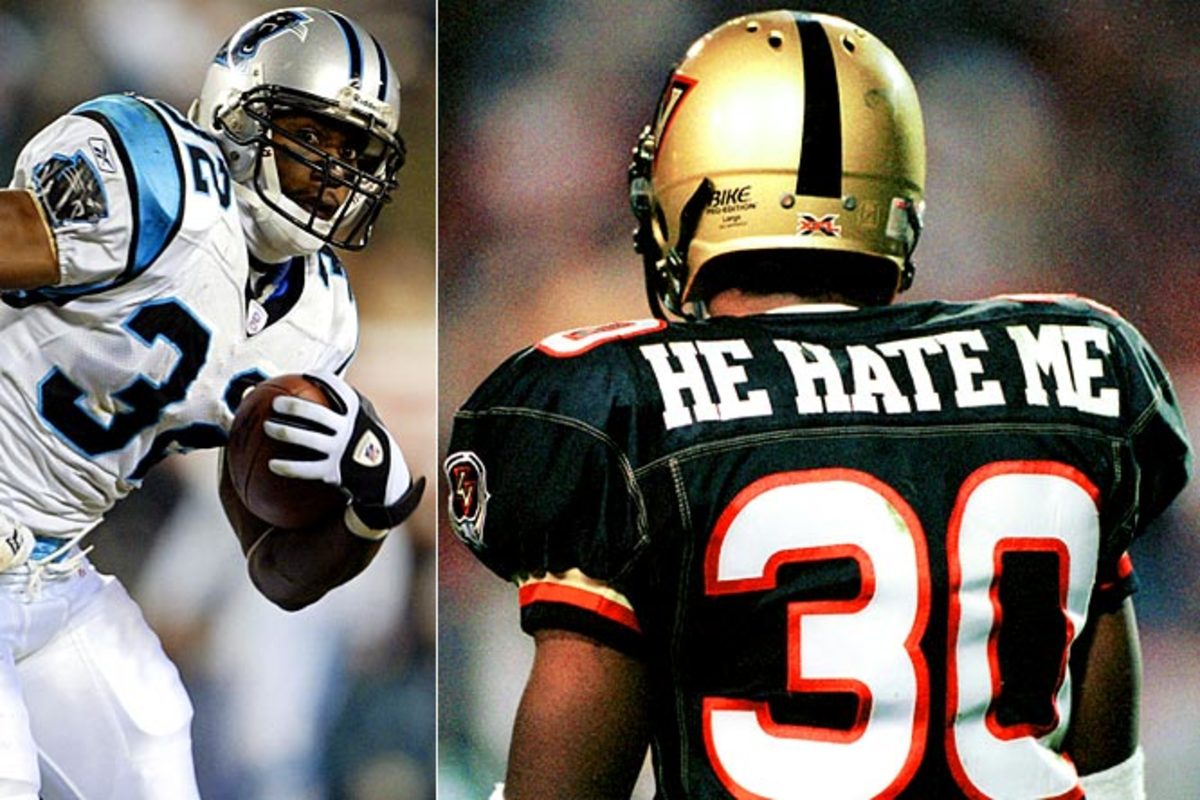
Smart's nickname came from his days as a Las Vegas Outlaw in the XFL. Having no league uniform restrictions, Smart chose to adorn the back of his jersey with the phrase "He Hate Me" to represent all the doubters who never gave him a chance. The nickname brought him public attention and one of the league's top-selling jerseys. In a triumph over his moniker, Smart went on to play in Super Bowl XXXVIII as a member of the Carolina Panthers.
Jerome "The Bus" Bettis
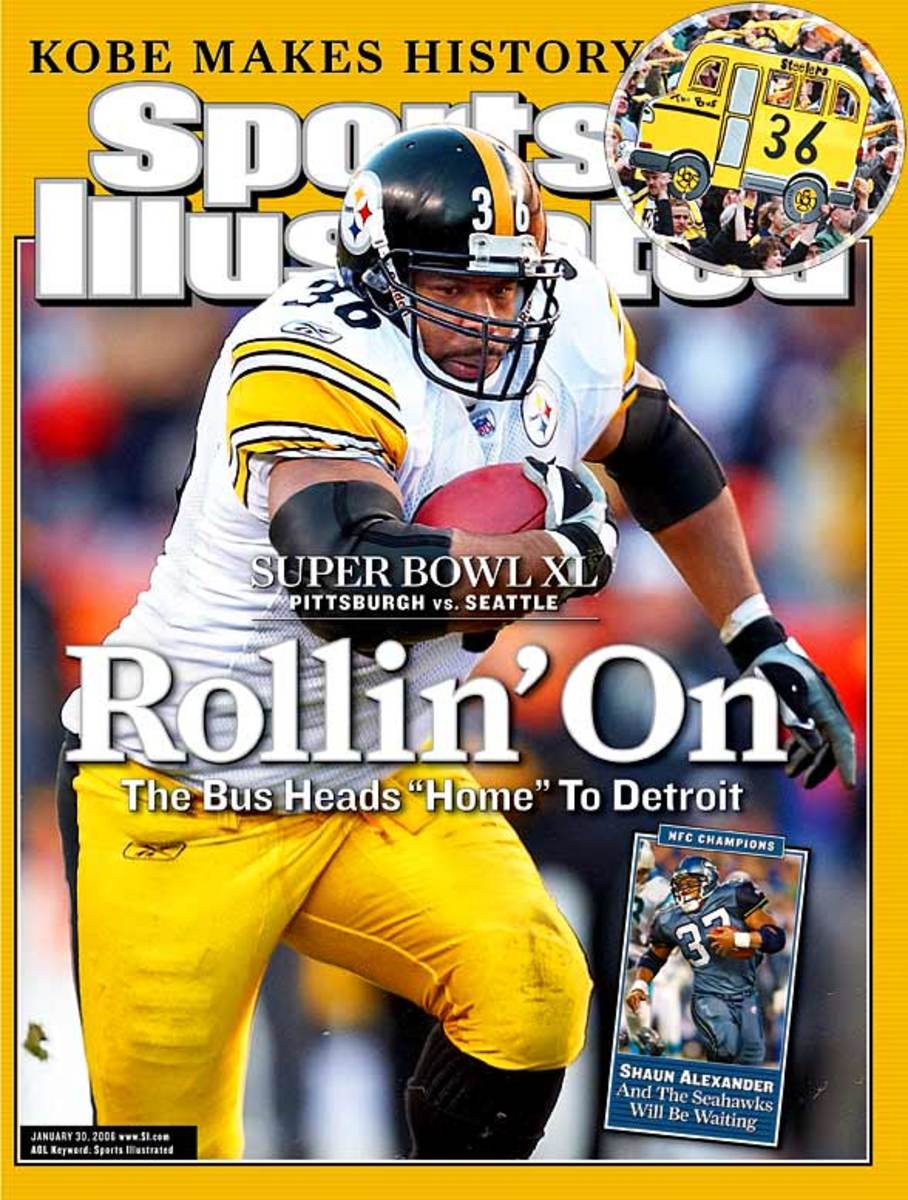
This big halfback was dubbed "The Bus" by Notre Dame's school newspaper - he could carry multiple defenders, like a bus, on his back while carrying the ball. The nickname was brought into living rooms across the country, however, by Steelers announcer Myron Cope. Bettis is one of six players in NFL history to rush for 13,000 yards and ranks fifth on the NFL's all-time rushing list.
Kabeer Gbaja-Biamila -- "KGB"
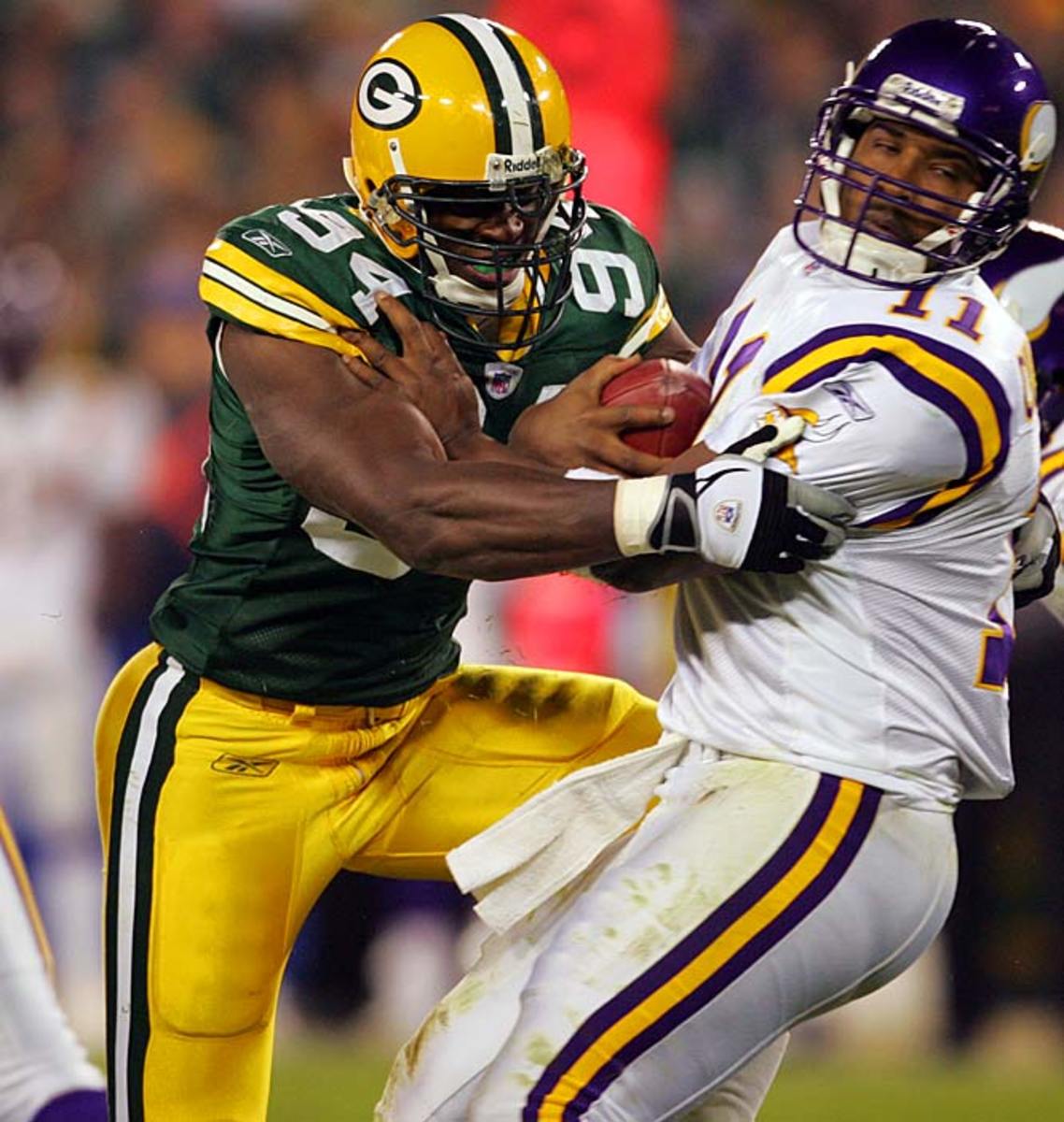
Tired of butchering Kabeer Gbaja-Biamila's full name, the media have adopted this Green Bay defensive end's initials, KGB, instead. KGB, also used as an acronym for the Soviet Union's spy outfit, may just be a fitting pseudonym for Biamila, who already has amassed 74.5 career sacks.
Chad "Ochocinco" Johnson
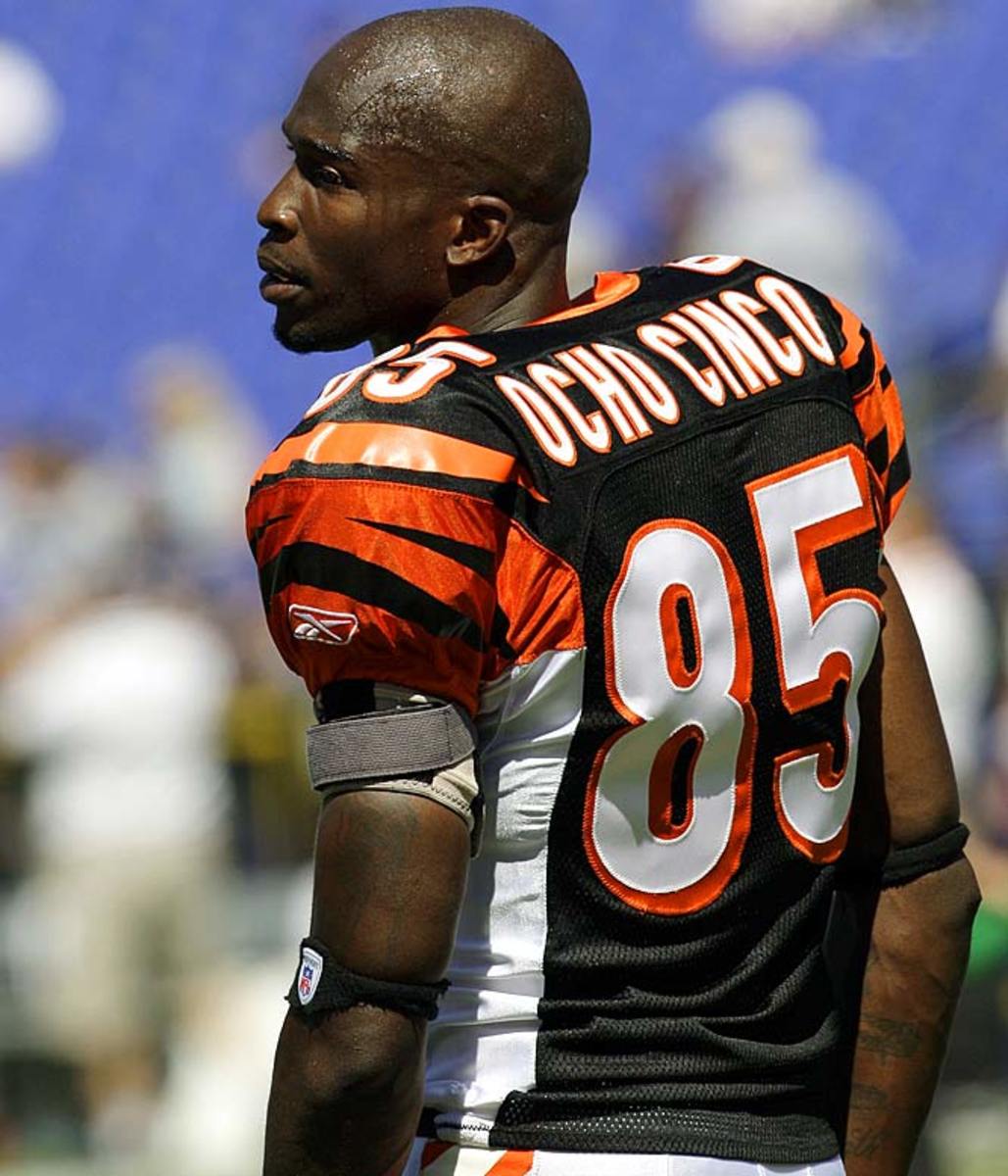
Not pleased with his given name, Bengals wide receiver Chad Johnson legally changed his name to "Chad Javon Ochocinco" in August 2008, an ode to his jersey No. 85 translated into Spanish. But the surname swap was not Johnson's first attempt to adopt "Ocho Cinco." The NFL fined Johnson $5,000 for wearing the "Ocho Cinco" on the back of his Bengals jersey before a 2006 game against the Falcons.
Adam "Pacman" Jones
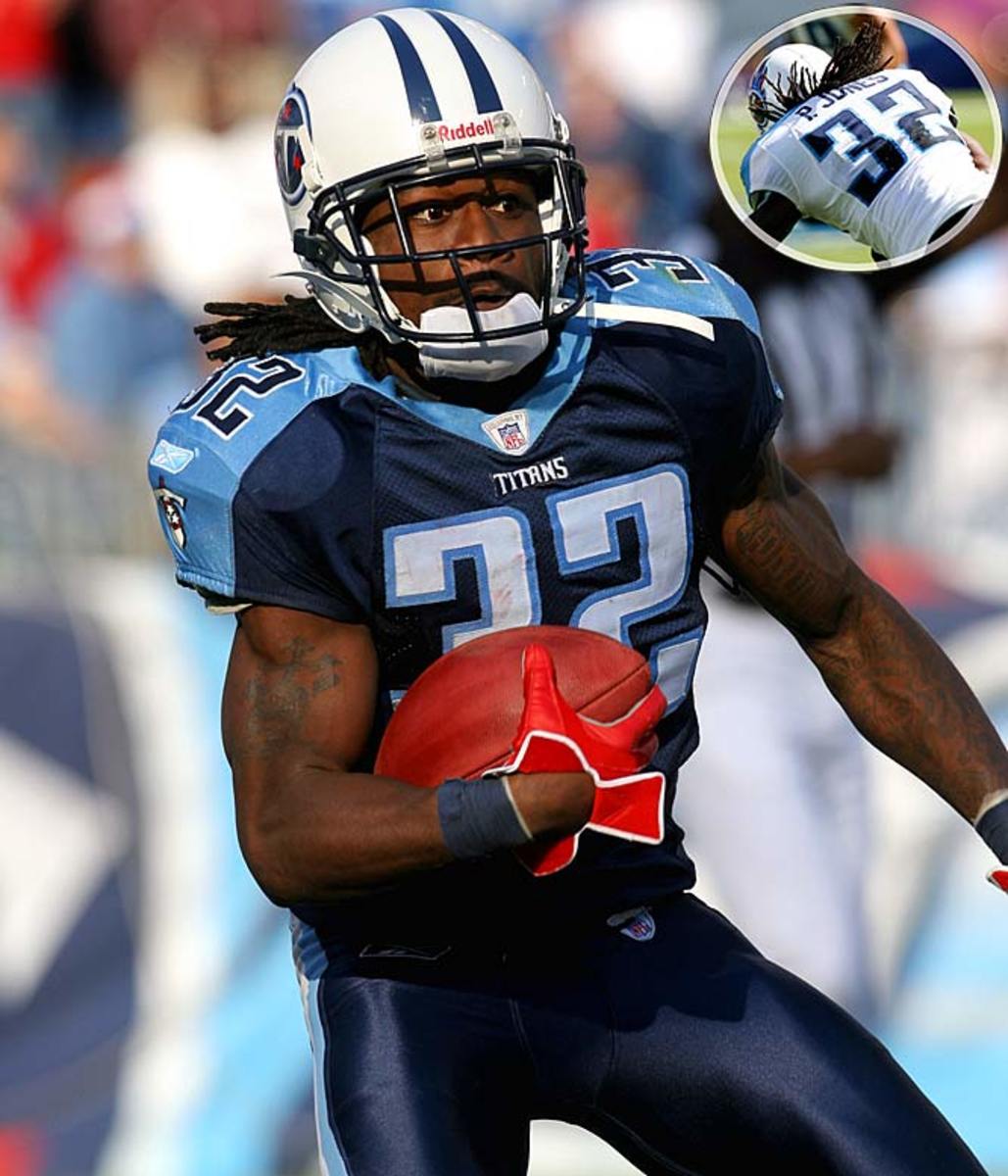
Nicknamed "Pacman" by his mother for devouring a bottle like a Pacman machine when he was an infant, Adam Jones recently denounced the lifelong moniker in hopes of putting old negativity behind him. The cornerback missed the entire 2007 season serving a suspension for off-the-field conduct. With free agency and a potential chance to join the Cowboys in 2009 on the horizon, Jones wants a clear slate - he now wants to be known as Adam or Mr. Jones.
